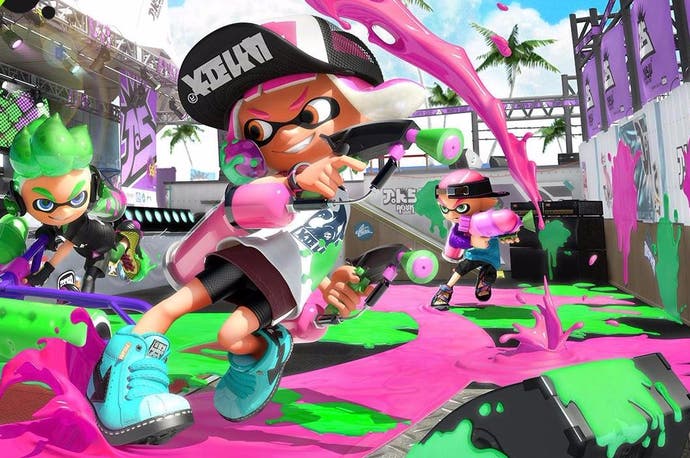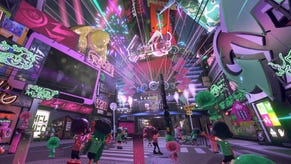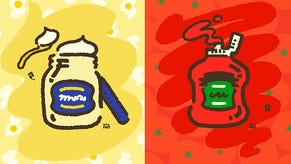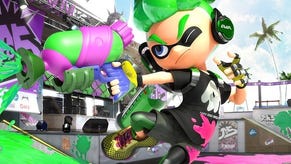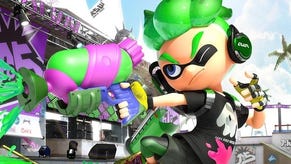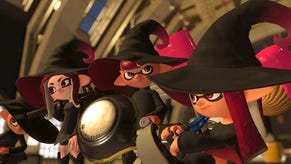Six talking points from the Splatoon 2 Global Testfire
Ink or swim.
We still don't have a final date for Splatoon 2 beyond a vague summer window, but we do at least have a better idea of what to expect from Nintendo's sequel to 2015's beautifully fresh online shooter. The past weekend's global testfire was, in what seems typical of Nintendo's approach to online, an eccentric and not exactly straightforward affair, with six hour-long slots spread across three days (and, if you were playing in the UK or Europe, often at ungodly times too). Still, two maps and four load-outs gave us plenty to chew over.
It doesn't feel like a proper sequel!
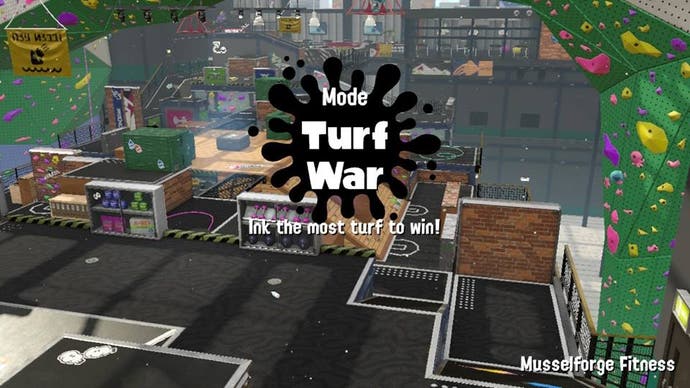
Ever since Splatoon's sequel was first announced back in January a large part of the conversation has been about whether it warrants that number 2 or not. It's easy to see where that perception comes from - as of yet, we've only seen vanilla Turf War, Splatoon's go-to game mode. The two maps featured in the Global Testfire hardly stood out, their only remarkable qualities being how much smaller they felt and how some of the verticality of the original seems to have been sacrificed, while elsewhere there was plenty that was perhaps a little over-familiar from the first game. There's plenty more that's yet to be shown of Splatoon 2, though - the single-player remains a complete mystery, while there's no word on what game modes will be included on day one - and it'd be lovely if Nintendo shared a little more to shake the perception that's haunted the game since it first broke cover.
Except quite often it does
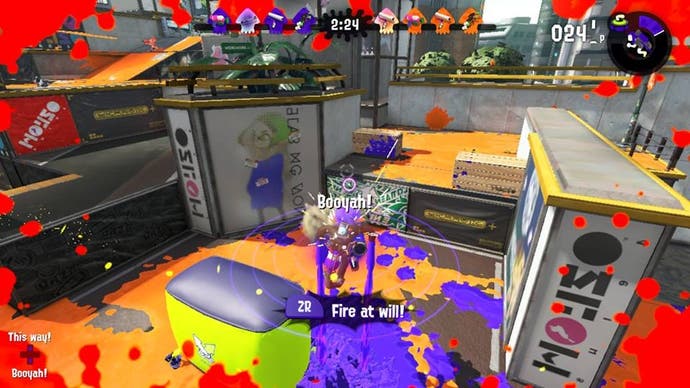
Sequels to popular multiplayer games are bound to be iterative, and that looks set to be the case with Splatoon 2. When it comes to iteration, though, good god does Nintendo know what to tweak to make something feel fresh. The splat charge is a great case in point, the ability to hold onto a fully charged sniper while submerged in ink enabling some eye-opening high level play, while on a more fundamental level the all-new Dualies feel sublime. If you're looking for what's new they're the perfect starting point, and the new dodge roll they enable opens up a very different style of play. Look beyond the weapons and there are some decent improvements to the quality of life, the most notable of which is the ability to see each player's load-out in the main HUD, suggesting that team composition - always an important part of Splatoon - is going to be pushed to the fore here.
We're still none the wiser about how online will work on Switch

Having team composition play a larger part in more casual play would be great, but even greater would be the ability to easily partner up with friends. The original Splatoon was never the most straightforward game in which to team up with friends - although that's in no small part down to the fact that none of my friends ever actually played Splatoon - and the hopes of Splatoon 2 being better in this department rest firmly on Nintendo's partner app which has still yet to launch. Until then, voice chat and private lobbies look to be out of the question, and it looks set to be that way for when Splatoon 2 comes out later in the summer ahead of the app's own launch in the autumn. Only Nintendo would think it's acceptable to launch one of its biggest online multiplayer games without such key features, of course.
Splatoon 2 is a great match for Nintendo's new console

Nintendo's new hardware acquits itself well with Splatoon 2, and the abundance of control options are covered off nicely. Gyro control is key to Splatoon (and if you're playing it any other way you're just doing it wrong) so it's grand to see the Joy-Cons up to the task. Playing with two split controllers, the right Joy-Con in charge of the vertical control, feels like the best approach, and the Pro Controller does a pretty good job too. Oh, and Splatoon 2 makes the best use of the Switch's HD rumble to date - the fidelity of the force feedback is used to convey the revving motor of your ink jet, or the sludging steps through enemy paint, making an already tactile game all the more pleasing in the hands.
Though some of the Wii U's features are missed
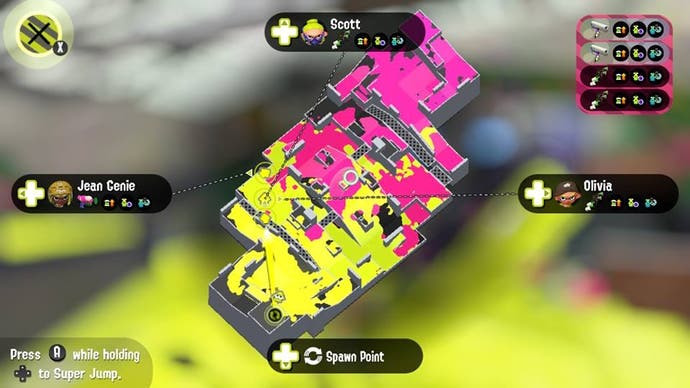
The first Splatoon was a game built around the Wii U's eccentricities, so it was inevitable a follow-up on another piece of hardware wouldn't be quite as snug a fit. The biggest casualty is the map that once resided on the second screen, and while the current set-up is adequate it's far from ideal. It's all too easy to bring it up by accident, and leaping to a partner's side remains a little too fussy and inelegant, while even the simple process of reading the map is obfuscated by it being tied to a button press. And putting that button where the jump command used to be, Nintendo's hardly making the transition any easier. Worst of all, though, is that without that second screen there's no room for the old arcade games that featured in the original Splatoon making an appearance while you wait around in lobbies…
But Nintendo seems keen to compensate with some ace easter eggs
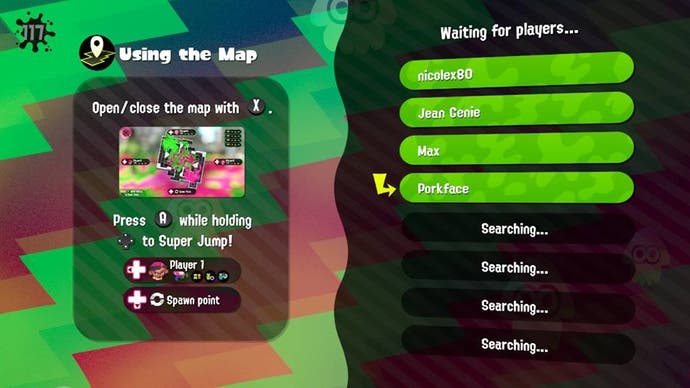
Thankfully Nintendo's atoned for the absence of the old arcade games with the inclusion of a supremely enjoyable new easter egg. In Splatoon 2, the background lobby music can be manipulated, the Joy-Cons giving you a surprising amount of control over the laid-back aquatic dub of the soundtrack. You can trigger samples, alter the pitch and layer in effects, and there's something of the brilliant Electroplankton in the freestyle doodles it enables. A neat trick, and a pretty decent replacement for the mini-games of old.
